
Most restaurants accept reservations over the phone—or at least online. Erin French’s famed farm-to-table restaurant, the Lost Kitchen, takes them only via postcard. This year, the 53-seat establishment received more than 60,000 submissions.
Since it opened in French’s tiny hometown of Freedom, Maine, in 2014, the Lost Kitchen has become a more-than-cult favorite, spawning a documentary TV show, an in-person and online shop, three books, and a weekly farmer’s market. French, who grew up working at her father’s diner in Freedom, created the postcard reservation system to save her local post office. Suffice to say, they are keeping busy now.
This year, French and her husband, Michael Dutton, are keeping themselves busy with a new show on the Magnolia Network, Getting Lost With Erin French. (The series also streams on HBO Max.) During the Lost Kitchen’s off season, French and Dutton drove across the country in an airstream, delving into a wide variety of culinary scenes and hosting al fresco dinner parties from coast to coast. Ahead of the series finale on August 11, CULTURED caught up with French about the most surprising spots along her journey and how the trip changed her cooking.
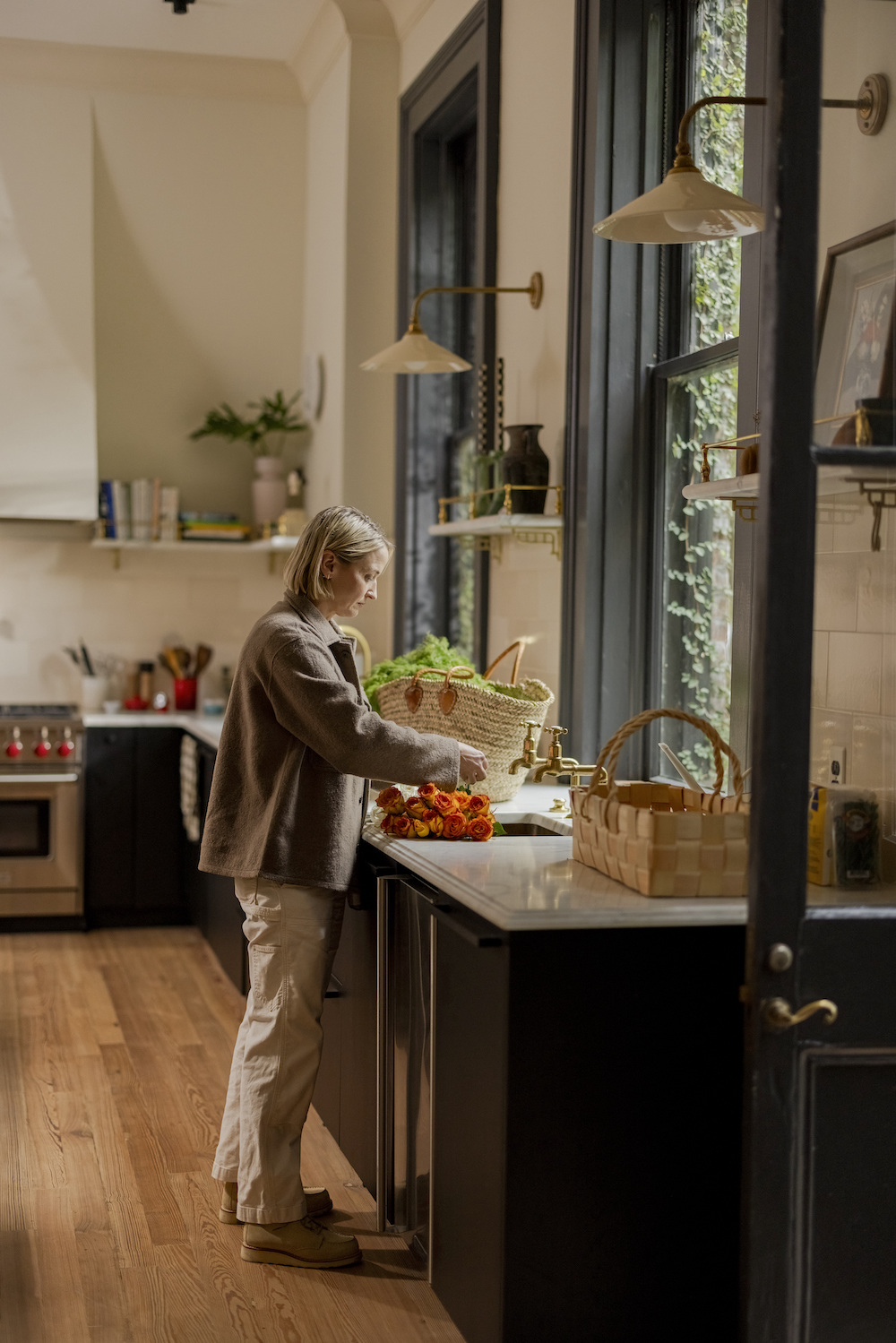
Where are you, and what is in your system?
That’s an embarrassing question. I’m terrible when it comes to feeding myself. Michael [Dutton, French’s husband] just warmed up some leftover takeout that was purchased three days ago—a noodle dish that is now out of noodles. No breakfast. Iced coffee.
How did you develop the idea for Getting Lost With Erin French?
We were in full swing with our other show and our season came to an end and the network said, “Do you want to pitch us something else?” We thought, what does that mean? This is all we do. We live, breathe, sleep this restaurant. We thought about it and said, “There’s this trip we’ve always wanted to take—we want to travel around the country in an airstream and set off on this food adventure.” On that phone call, they said, "We’re in." That made it real. We left at the end of January and returned home at the end of April.
You hit some famous culinary destinations, like New Orleans and Austin, as well as areas I don’t think of as culinary hotspots, like Idaho and the Sonoran Desert in Arizona. How did you choose these more surprising locations?
I never traveled very much growing up—my parents owned a restaurant so my summers were very full. I wanted to see exciting places like New Orleans, where I’d never been. But we also wanted to hit places that we weren't expecting. I was telling a friend I was going on this trip, and she said, “You have to go to Idaho.” It’s like someone saying, “You gotta go to the Dakotas.” Really? It was definitely the most surprising stop of them all.
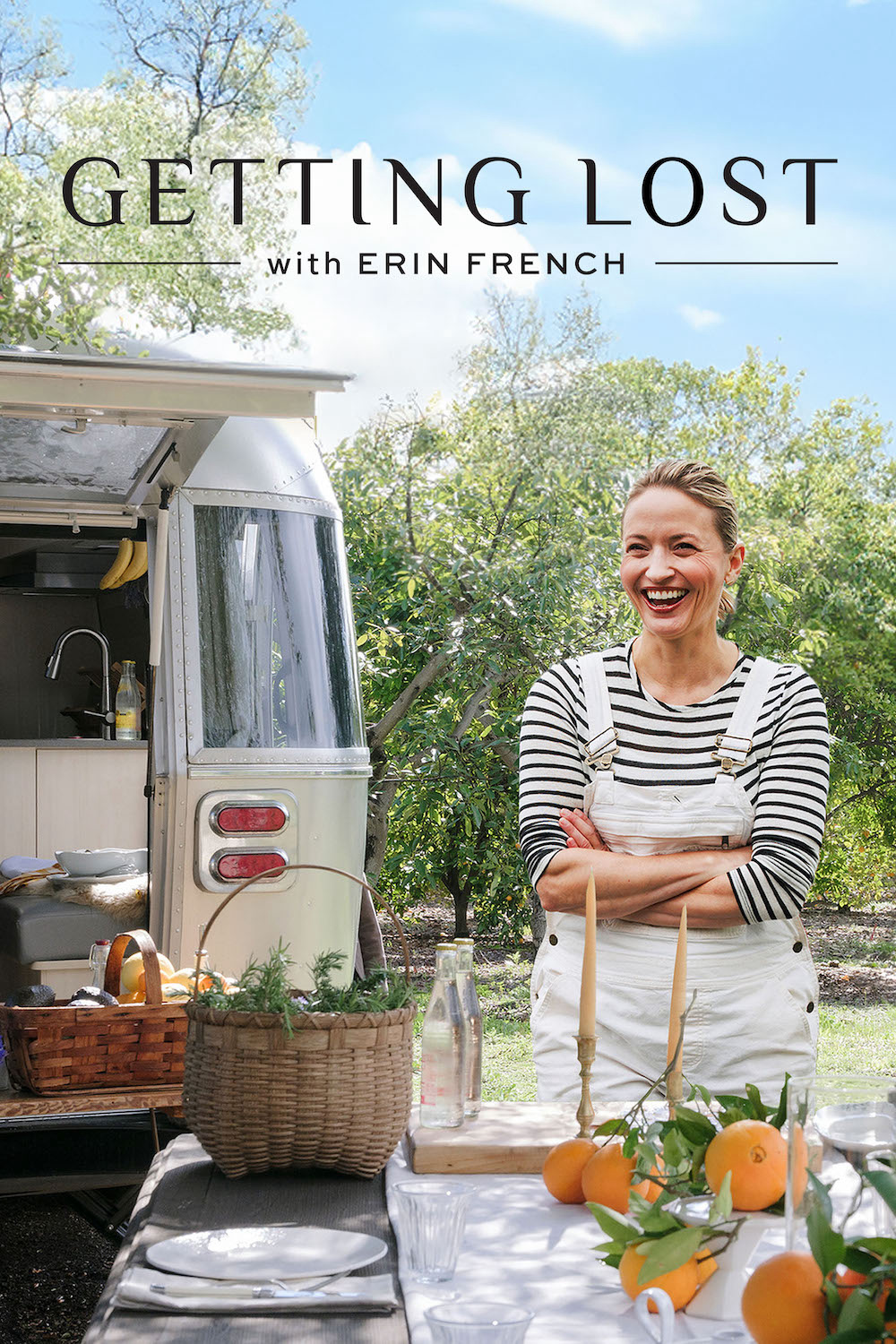
What was so surprising about it?
There was this one moment where we were stopping at a bakery for pastries and coffee. We knew it would be good because there was a line out the door. Before I know it, I’m breaking into tears. We had a whole other day planned but I said, “I’m not leaving until I go back into that kitchen and meet the person who is making these.” I shed a lot of tears that day over laminated dough.
So many food shows are oriented toward virtuosic displays of culinary theatrics or macho energy. You have a very different, more collaborative leadership style, and you are also unafraid to cry over food. What is it about food that makes you cry?
It’s the food you taste that takes you to a moment, maybe from your childhood. It’s something you can’t explain—it was made by someone who cared deeply about what they were doing. [On the show,] I had a couple teary moments when I would bite into something. I mean, croissants are just butter, water, flour, salt—and it can bring out that kind of emotion! The same thing happened when I ate a fresh tortilla in Texas. It was two ingredients—corn and water—and it just breaks your heart with how perfect it is.
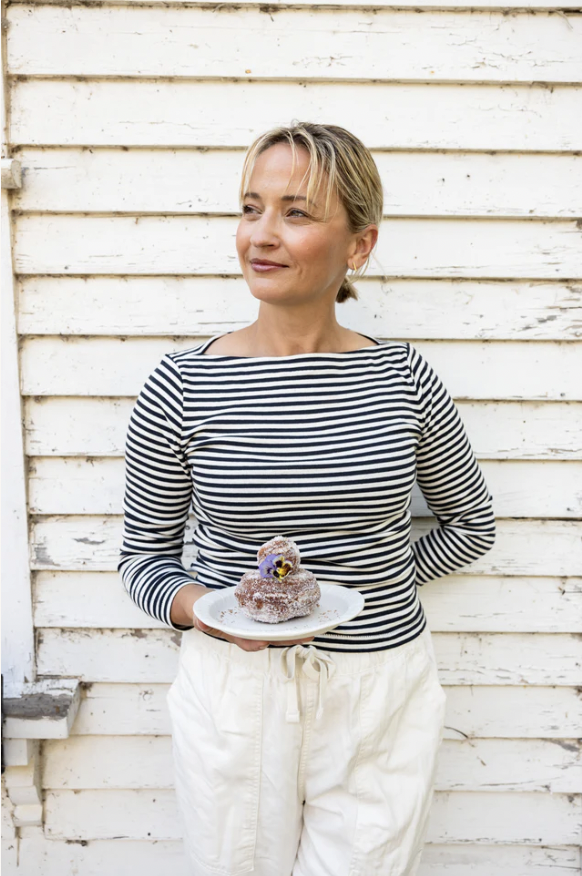
What is one thing you ate on the road that has stuck with you?
That’s a very unfair question. This wasn’t even on the show, but I’d say arepas at a food truck stand in Manhattan Beach. I know I’ll never have one again until I go back there and see Mercedes. I also still dream about the gumbo we had with Melissa Martin [of the Mosquito Supper Club] in New Orleans.
How have these experiences informed your work at the Lost Kitchen this season?
I did buy a shaved ice machine. That was my inspiration from New Orleans—I just texted Natasha at [the snowball stand] Red Rooster the other day with a photo of me making snowballs. But a lot of it was more of a feeling—across 10,000 miles, there was a throughline in discovering that the most incredible food we were eating was from people making dishes that had something to do with the way they were brought up.
How has that manifested itself in the menu?
Every course has a little something that is telling a story from my past, either quietly or loudly. We do a little ice cream course that is an ode to my Dairy Bar days. I may have hated it then, but now I’m thinking about how I was taught to scoop that perfect cone.
Those who know your story likely know that you saved your local post office by getting rid of your reservation line and asking all customers to inquire for a reservation via postcard. I ask this for your many fans: Is there any other way of getting a table?
It’s the only way. There’s no breaking through the system.
How many postcards did you get this year?
At least 60,000.
How do you pick them?
We have a giant rack filled with post office bins—Connor, our reservationist, reaches in, pulls one, and calls the person immediately. They look at dates together. The first person can pick any date, the last person gets one choice. It’s all completely random, one at a time. If any of our staff is having a bad day, we say, “Go pick a card.” It’s a wishing well of postcards.
With that large an audience for your restaurant, has the town of Freedom changed at all?
The road I grew up on here is exactly the same—it’s still dirt, the potholes are the same ones. There is a difference when you are out in the world and you say where you’re from and people know it. Every Tuesday when we have our farmers market, hundreds of people show up and there are a lot of traffic jams. But it’s a hard thing to create infrastructure. It’s slow moving in rural Maine.
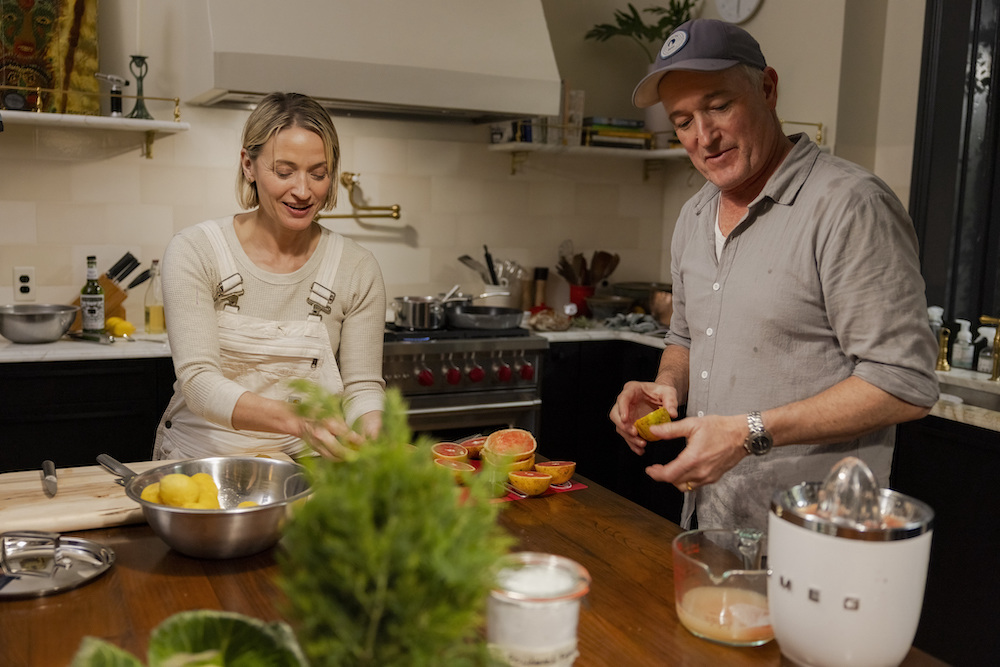
You were on an epic road trip this year, so it seems only appropriate to ask: What’s your go-to gas station snack?
You’re asking all the most embarrassing questions, and I'm going to give you the honest answer. Hands down, beef jerky. We learned you have to spend at least $20 on a bag to get quality jerky. It became a survival tool—that quick, salty hit of protein. And gummy bears, always in the glovebox.
Breakfast, lunch, or dinner? Why?
Dinner. Because I don’t usually have time to eat breakfast and lunch. I love the light at dinnertime, that golden hour glow. It always gives you that excuse to eat outside, be around the fire, and let the day go. Although sometimes dinner involves a microwave at 12:30 a.m. after working a dinner shift. It's not always romantic.
What’s the most underrated ingredient in your opinion?
Salt. I think people underutilize salt and don’t understand its importance. Right now, all I want to do is eat a slice of heirloom tomato and salt. It makes everything magical.
Overrated ingredients?
Caviar. Why? Is it your stamp to say it’s fancy? I don’t even like it.
What in your kitchen do you splurge on? Save on?
I always splurge on meat. Don’t buy the cheap chicken. Don't buy the cheap ground beef. But then I buy the cheapest hamburger buns I can find. Expensive meat, cheap buns.
Is there a kitchen etiquette rule you live by?
If you are in a bad mood, don’t make the mayonnaise because it’s going to break. Step away from your station. That food is going to taste terrible.
You change your entire menu every week. What’s on deck this week?
It looks like we’re going to have bluefin tuna, so I’m thinking about a take on niçoise with sungold tomatoes, baby fingerling potatoes, and garlicky mayo. But I’ll probably reinvent the dish three times before we serve it this weekend.
What’s the dish that represents where you’re at in life right now?
The donuts that we started making this season. They are an ode to the first donut my grandma made for me when my dad bought his diner when I was 5—that cakey texture and hit of nutmeg. I always laugh that I was born in a fryolator. For a while, I was really ashamed of it. Now, I’m making food that reminds me of that greasy spoon diner and celebrating it.




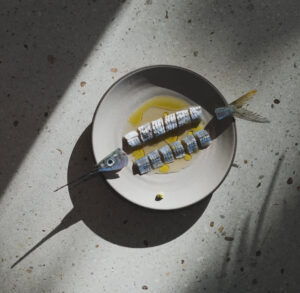

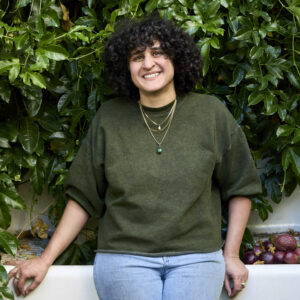



 in your life?
in your life?

